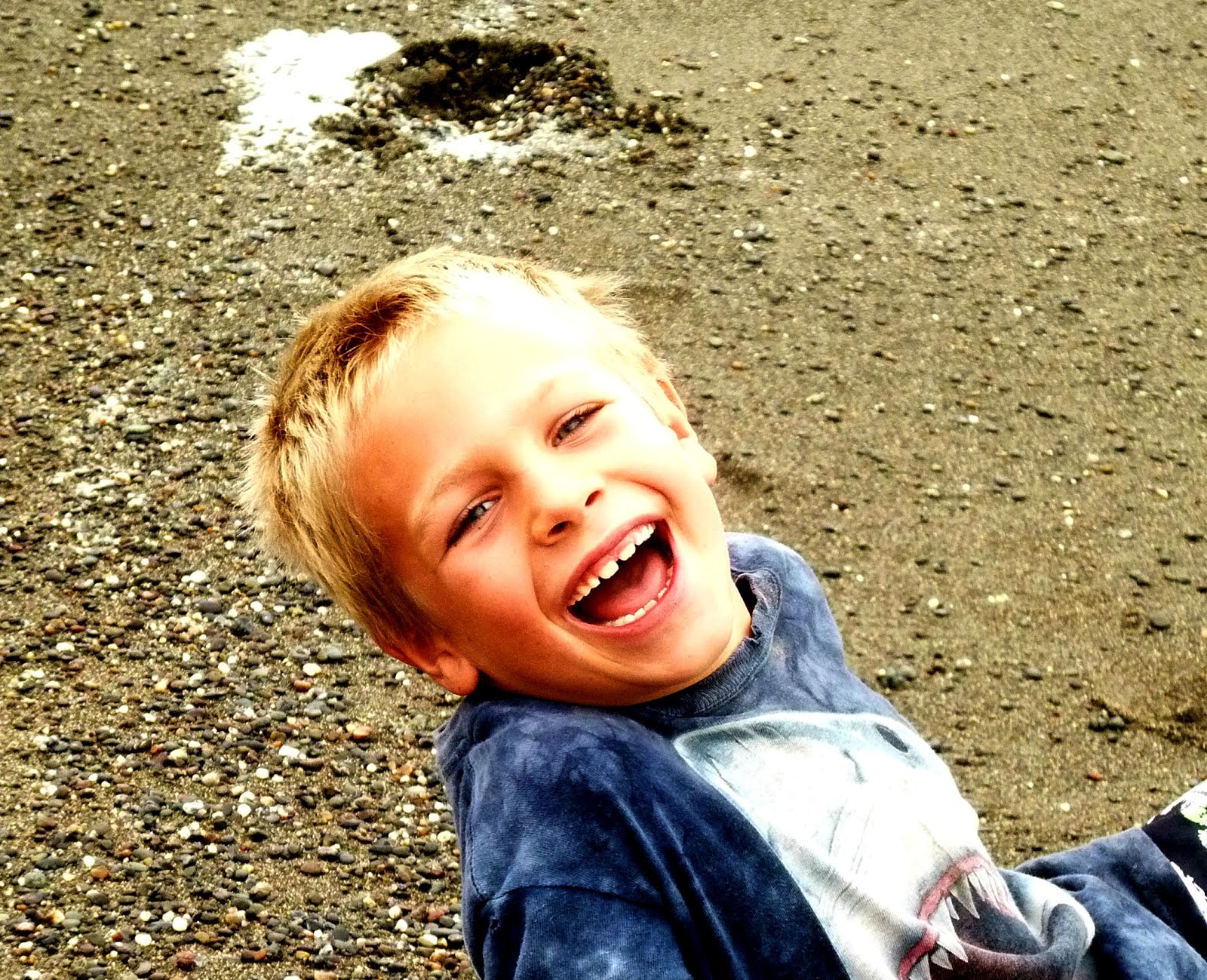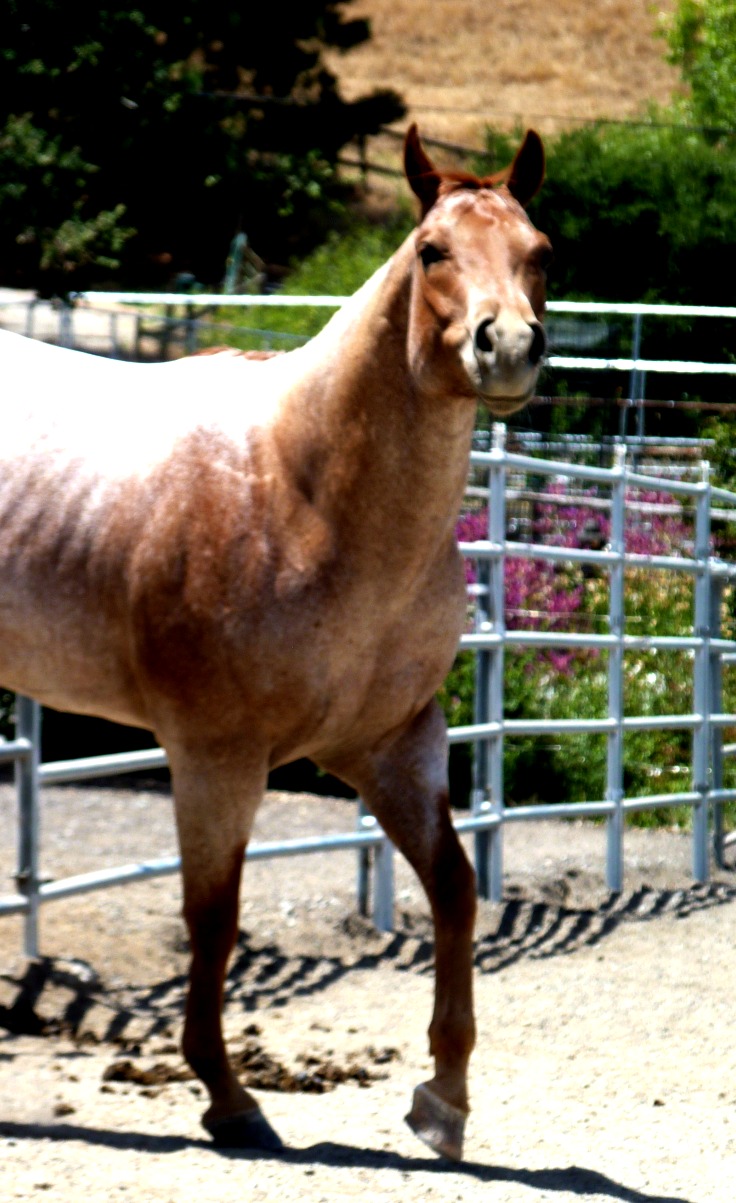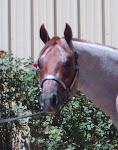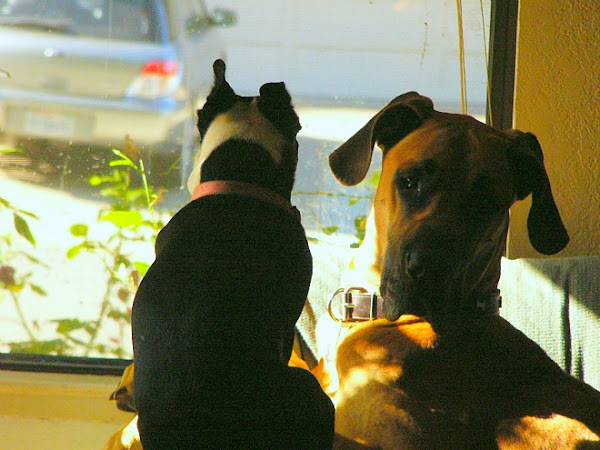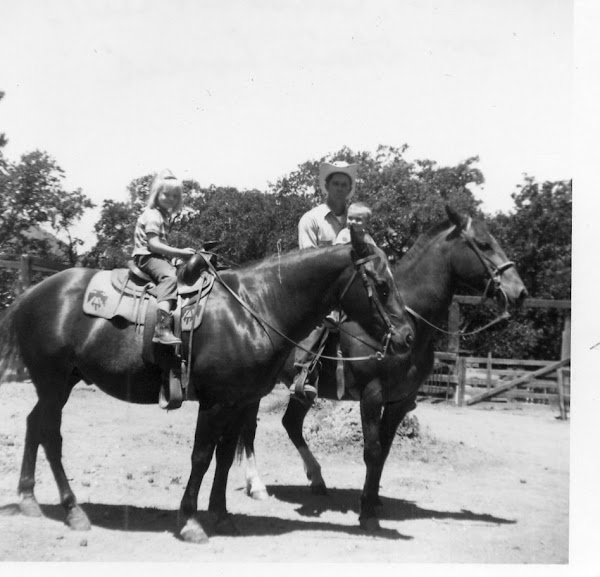Do you remember that movie? Lawrence of Arabia?
The long beautiful shot of Lawrence galloping across the dry desert sands on the back of a camel, robes billowing as he appeared through the haze of the heat mirage?
Oh, that is a great scene. Memorable and beautiful.
I have always wanted to ride a real camel because of that scene.
But...
Lil Mama, who some of you may remember used to have a blog, has decided that she wants to own...
A camel...
Yes- a real live honest to goodness one humped used to live in a desert type of camel.
She has picked out names.
She even knows where to go to buy a camel.
She has thought about learning to handle camels, and also what kind of other animals she might have to keep her camel company.
Sometimes she just practices her 'go go' camel kind of sounds. They go sort of like, " whuup whuup whuup".
Her conversations on the drive from home and to work often center around her desire to own that particular type of animal. A llama won't do. Neither will an alpaca or a vicuna. It must be a one hump dromedary.
Why, you might inquire, did Lil Mama decide she really wanted a Camel?
Was it Lawrence of Arabia?
Was it the Three Wise Men of Christmas?
Was it the circus or the zoo visits with Jr?
Nope.
It was the Insurance commercial.
" What dai-yyy is it? It's HUMP day!"
Sigh******
7 years ago
